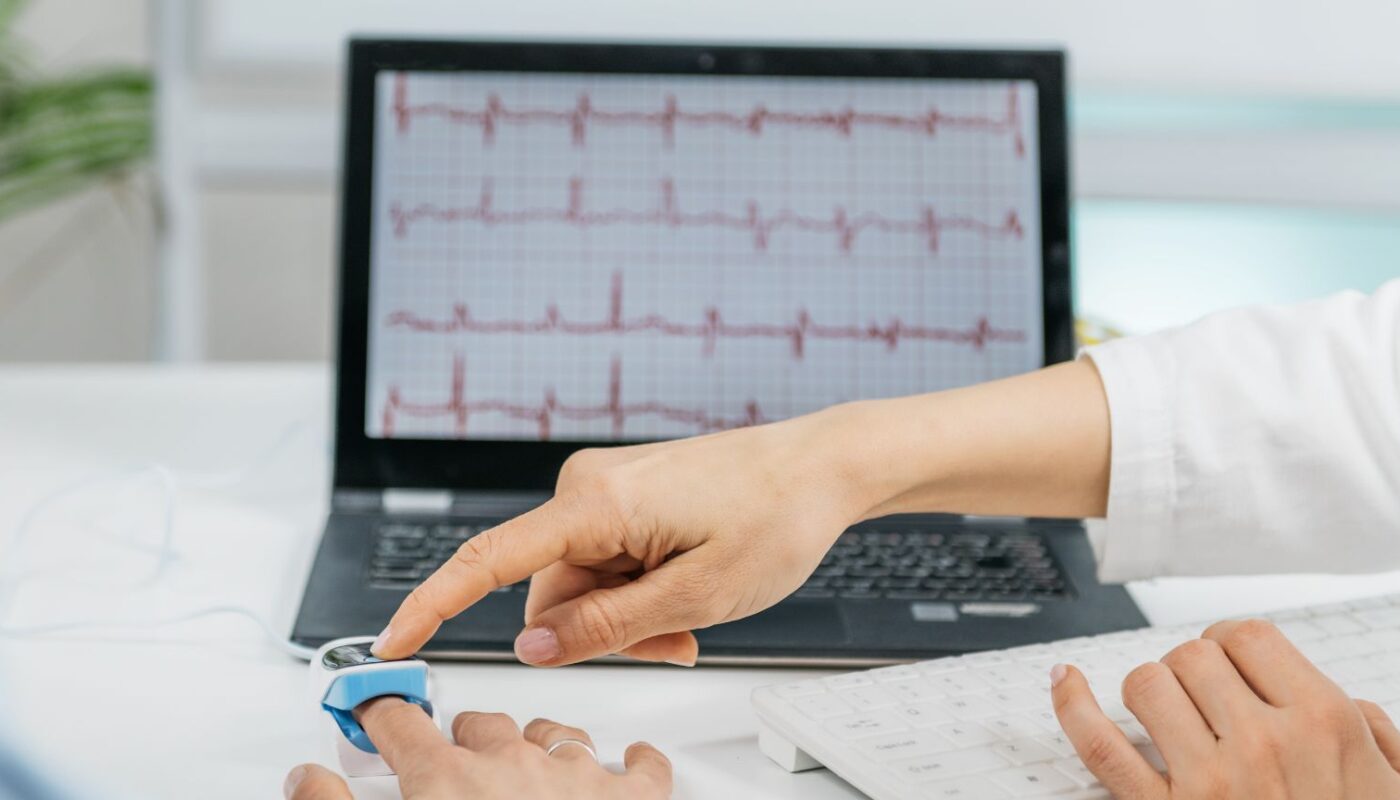Biofeedback has become increasingly popular as a complementary or alternative therapy for stress reduction as well as chronic health conditions like tension headaches, migraine headaches, anxiety disorders and rehabilitation from injuries. Through the use of biofeedback measurement instruments, patients can gain awareness of internal bodily functions that are usually outside conscious awareness and control, such as heart rate, muscle tension and brain wave activity. By monitoring these physiological parameters with biofeedback technology, patients can learn techniques to control them and reduce symptoms. In this article, we will explore the various types of biofeedback measurement instruments available today and discuss how they are being used to empower patients in managing their health and well-being.
What is Biofeedback?
Biofeedback is a process that teaches people how to control involuntary or unconscious bodily functions like their heartbeat, muscle tension, breathing and brain waves through visual, auditory or tactile feedback from biosensors. Biofeedback relies on the fact that the autonomic nervous system, and its effect on various physiological parameters, can be brought under partial voluntary control through operant conditioning. Patients learn to recognize and control subtle sensations and signs from their own body that they were previously unaware of through the use of biofeedback devices and monitoring technologies.
Types of Biofeedback Measurement Instruments
There are different types of Biofeedback Instruments used depending on the physiological parameter being measured and conditioned. Common instruments include:
Heart Rate Variability Biofeedback
Often used to assist relaxation and stress reduction, heart rate variability (HRV) biofeedback measures changes in heart rate and interprets the variations between heartbeats. Electrodes are placed on the fingers or chest to record an electrocardiogram (EKG or ECG) signal. Visual or auditory feedback, like a visually displayed HRV spectrogram or tones corresponding to HRV levels, help patients learn paced breathing techniques to achieve cardiac coherence. Higher HRV indicates the body’s ability to adjust to stressors.
Surface Electromyography (sEMG)
sEMG measures the electrical activity, or muscle tension, of superficial muscles like those in the forehead, jaw, shoulders and neck. This type of biofeedback is commonly used to help relax facial muscles for headaches or reduce tension in the body. Electrode sensors on the skin detect muscle tension which is then visually or audibly fed back to help patients recognize and reduce tensions.
Thermal Feedback
Thermal biofeedback instruments help regulate body temperature, often by increasing peripheral blood flow in the hands or feet. Thermistors, or heat sensors, placed on the skin surface provide temperature readings displayed on a monitor. Through relaxation and peripheral warming techniques, patients can learn to raise their hand/foot temperature as seen on the display. This form of biofeedback can assist with Raynaud’s phenomenon, tension headaches and anxiety.
Electroencephalography (EEG) Neurofeedback
EEG neurofeedback directly measures brain wave activity through electrodes placed on the scalp. Different frequency bands like theta, alpha, beta and gamma waves are associated with various mental states. Visual or auditory feedback helps train patients to voluntarily alter abnormal brain wave patterns linked to conditions like ADD/ADHD, epilepsy, anxiety and depression. Over sessions, long term changes in brainwave patterns and symptom relief can occur.
How Biofeedback Measurement Instruments are Used
Biofeedback requires multiple treatment sessions, usually 20-40 sessions, spread over months with a clinically trained biofeedback practitioner. Each session follows a similar process:
1. Sensors and electrodes are applied to record physiological signals
2. A 5-10 minute baseline is established without any feedback
3. Real-time visual, auditory or haptic feedback from the measurement instruments is provided
4. Patients learn relaxation techniques and how to consciously control the monitored parameter
5. As control improves over sessions, the difficulty of exercises increases
6. Home practice with portable biofeedback devices may be assigned between sessions
Through this process of operant conditioning using biofeedback technology, automatic bodily processes are voluntarily brought under higher cortical control. Patients gain self-regulation skills generalizable beyond therapy. Controlled research has demonstrated biofeedback to be effective alone or in conjunction with other treatments.
Applications and Efficacy of Biofeedback
The most established uses of biofeedback include:
– Headaches & Migraines: Multiple studies show sEMG and thermal biofeedback reduces headache frequency and pain levels.
– Stress & Anxiety: HRV biofeedback improves stress resilience and reduces symptoms of generalized anxiety disorder.
– Chronic Pain: sEMG biofeedback reduces chronic pain through relaxation of perpetuating muscle tension.
– PTSD & Trauma Recovery: Combining biofeedback with cognitive techniques targets overactive fight/flight responses related to PTSD.
– Functional Medicine: Thermal biofeedback enhances blood flow for conditions like Raynaud’s and neuropathy.
– Neurological Rehabilitation: Stroke and TBI patients regain voluntary control over functions like hand temperature using biofeedback.
– Sports Performance: Athletes use HRV biofeedback to optimize arousal levels and mental focus under pressure.
Though not a stand-alone treatment for many conditions, biofeedback shows promise as an adjunctive therapy that encourages patient empowerment and self-care through heightened self-awareness using objective physiological feedback. As the technology advances, biofeedback will likely become more widely integrated into integrative healthcare models.
Future Directions in Biofeedback
As biofeedback research and applications continue expanding, several future areas worth noting include:
– Wearable Biosensors: Miniaturized, wireless sensors integrated into clothing or devices facilitate portable home biofeedback training.
– Neurofeedback via Brain-Computer Interface: Research aims to directly assist neuroplasticity for neurological disorders using EEG brain signal analysis and feedback.
– Virtual/Augmented Reality Applications: Immersive VR/AR environments provide enhanced biofeedback training experiences with virtual therapists.
– AI-Assisted Biofeedback: Advanced algorithms support automated, personalized biofeedback protocols delivered via smartphones and Internet applications.
– Integrative Healthcare Models: Biofeedback integrated into primary care, medical settings and interdisciplinary treatment plans for a variety of conditions.
– Neuroeconomics Applications: Innovative use cases explore enhancing cognitive performance, decision making and emotional intelligence using biofeedback techniques.
As biofeedback measurement technology progresses, so too does our potential to positively influence health through increasing conscious self-awareness and regulation over normally autonomous bodily processes. Continued research will further establish biofeedback as an evidence-based tool empowering patients on their wellness journeys.



